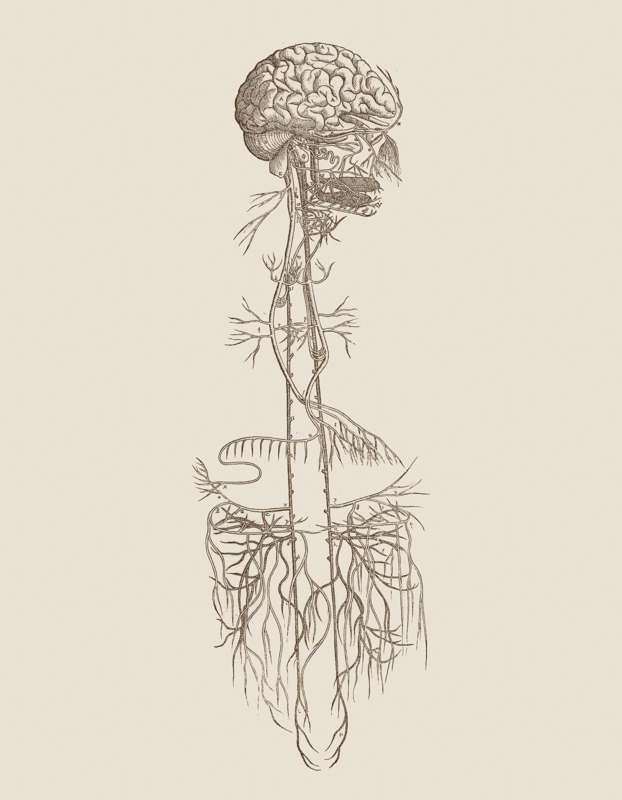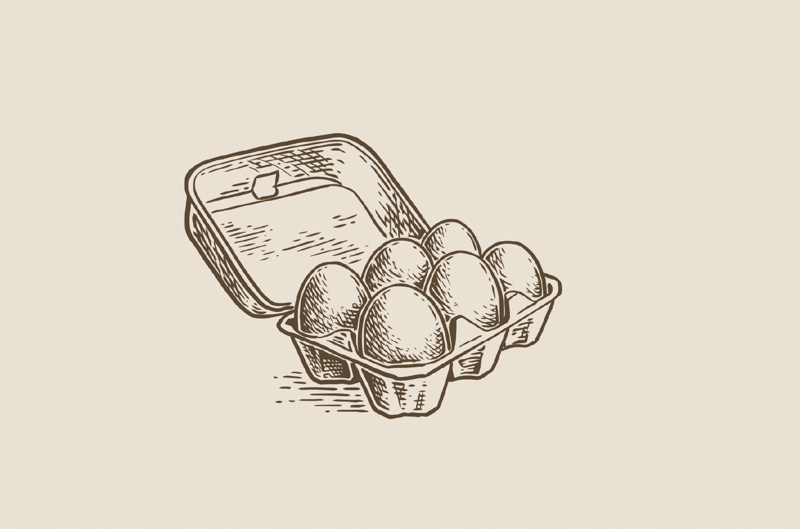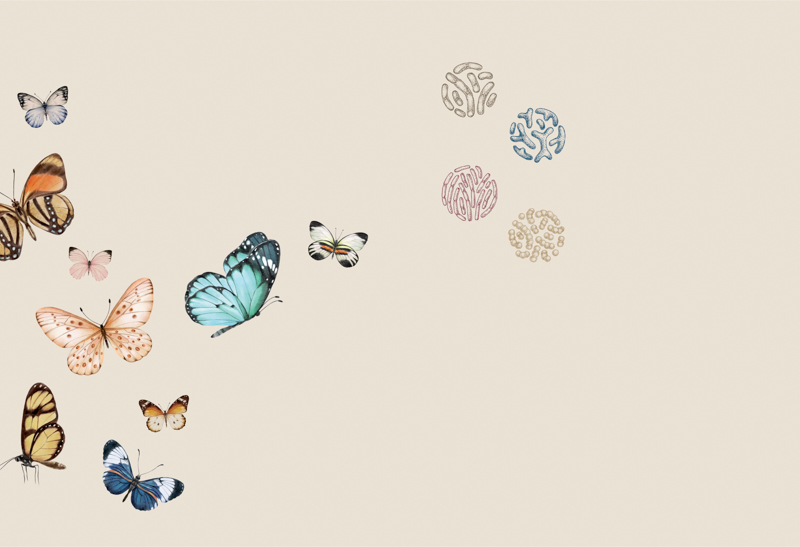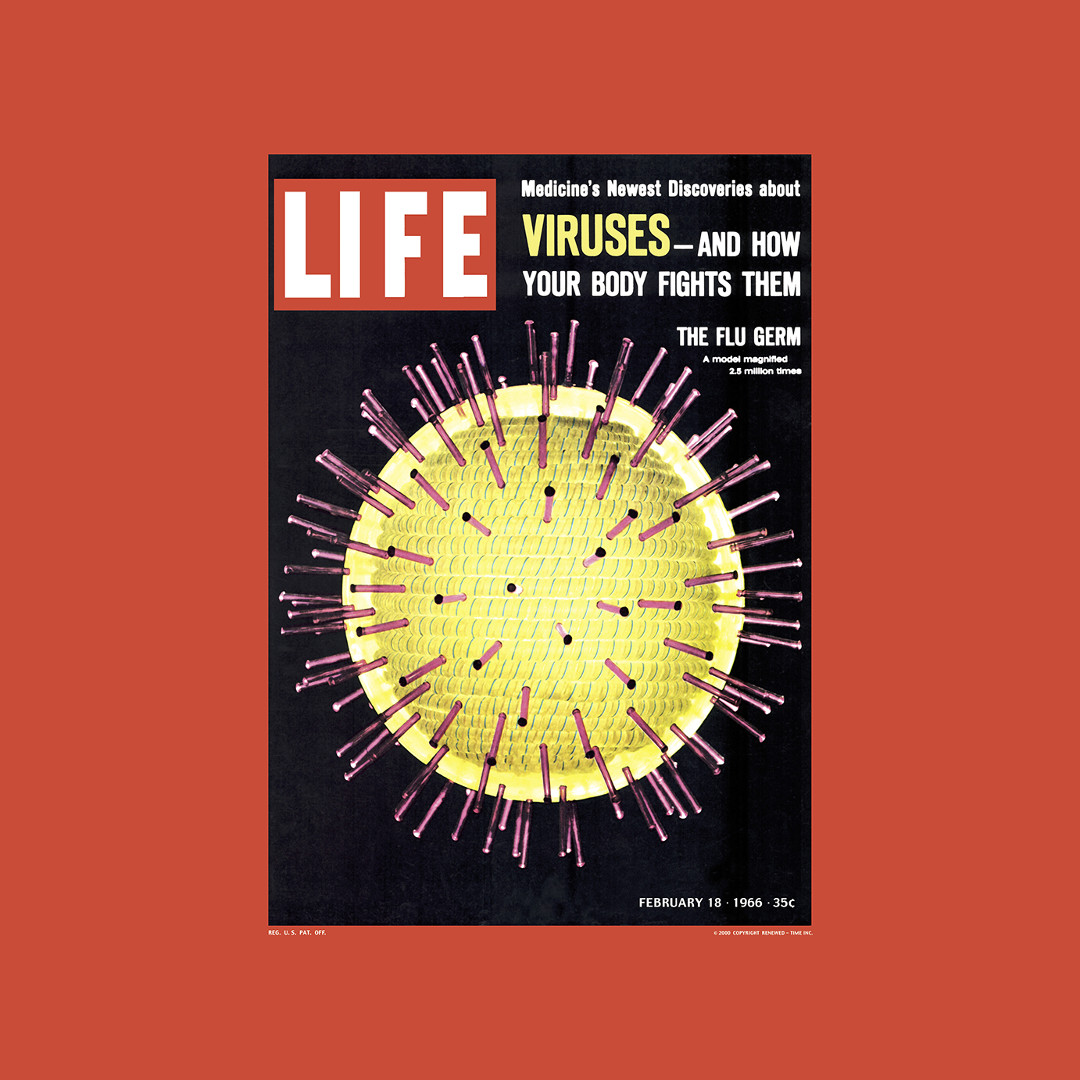
In gut we trust: discover the power of our second brain
Inside our second brain
After endless weeks of waiting, the moment of the face-to-face encounter has finally arrived. Dinner is but an hour away, yet the clocks persist in their reluctant dance. With the last delicate touch of lipstick, the last magical sprinkle of perfume, the hours spent imagining all possible scenarios fade away to make room for reality. And once again, that age-old sensation of a tightening in the belly returns, like butterflies fluttering inside. What if the one to blame is the… gut? It could almost make Tina Turner sing: “What’s love but a second brain emotion?”

The answer lies in decades of research into the intricate link between the gut, the body’s largest surface, and the brain to explain why dating can induce a sensation akin to what we feel in other high-pressure situations: job interviews, school exams or public speaking events. This connection, known as the gut-brain axis, comprises a complex network of nerve fibres that communicate through the vagus nerve (which runs from the brain through the lungs, heart, spleen, liver and kidneys down to the intestines) and operates as a two-way motorway. 90% of signals travel upward, keeping the brain constantly informed about gut activity, while only 10% of the brain’s information travels downward, to the gut. Actually, in situations where the brain is compromised, such as due to injury or illness, the gut may continue to function on its own to some extent.
For decades, researchers held the belief that hormones served as an indirect conduit linking the gut and the brain. The prevailing notion was that nutrients inside the gut triggered the release of hormones, which entered the bloodstream several minutes to hours after eating, ultimately influencing brain function. While this hypothesis held some truth, recent research has unveiled a more direct and rapid means of communication underlying these gut feelings.
The second brain below
Our understanding of the gut is primitive compared to other sensory organs. Research into the enteric nervous system only began in the 1970s. In his ground-breaking work, Michael Gershon, known as the father of neurogastroenterology, highlighted the fact that the human gastrointestinal tract contains a complex network of neurons – more than 100 million of them – that can function somewhat independently from the central nervous system. This led to the popularisation of the term “second brain”. However, there was uncertainty regarding the exact process through which gut sensations are transformed into nerve impulses directed toward the brain.
The gut-brain axis comprises a complex network of nerve fibres that communicate through the vagus nerve.
In 2015, a landmark study published in the Journal of Clinical Investigation by South American-born Professor Diego Bohórquez (he prefers to introduce himself as a “gut-brain neuroscientist”) and his research team at Duke University (USA) documented the existence of previously unknown gut-brain circuitry. In 2018, the same group traced a signal as it travelled from the intestines to the brainstem of mice. They were shocked to see the signal cross a single synapse in under 100 milliseconds – faster than the blink of an eye. There is a sensory stimulus from food particles, bacteria and pathogens that the gut promptly and constantly transmits to the brain, regardless of whether the person is asleep or awake, making sense of what was eaten.

Bohorquez’s fascination with this subject began in 2006 when he was a graduate student in nutrition. In one TED talk, he shared the story of a friend and her struggles with obesity and gastric bypass surgery. Before that, she couldn’t stand the smell or sight of runny egg yolks, but after the operation, she started to crave them. Rewiring the gut appears to physically change the perception of the taste of food in the brain. This is because enteroendocrine cells (or “gut sensors” as Bohorquez prefers) give the gut the ability to sense, as they contain some of the molecular receptors that allow our nose to smell, our tongue to taste.
However, the role of these cells extends far beyond sensory perception. They respond by releasing neuropeptides, which have been extensively studied for their role in promoting feelings of fullness and satisfaction. Furthermore, the gut plays a crucial role in serotonin production, with over 90% of this “happiness hormone” being synthesised right there – and serotonin plays a pivotal role in mood regulation.
Butterflies in the stomach
Disappointing but… every time people experience the sensation of butterflies in their stomach when they are excited about dating someone new, it’s not just a romantic phenomenon; it’s a physiological response rooted in the intricate connection between the brain and the gut.

When someone is anxious about the outcome of a date, the brain produces corticotropin-releasing hormone, triggering a “fight or flight” response due to increased adrenaline. Additionally, this hormone elevates cortisol levels, associated with early-stage love. The sensation of butterflies occurs because the hormone delays stomach emptying while accelerating colon activity. Then the gut informs the brain about the changes it’s making in response to the stress or excitement motivated by the occasion. Understanding this dialogue can help individuals manage that fluttery feeling and enjoy their romantic encounters with a little less chaos.
Gone with the gut
Chances are that everyone has experienced “gut feelings” at one time or another. An instant personal bond with a stranger or an inexplicable urge to skip a certain event. To many people, these feelings reflect instincts with no basis in reasoned thought. But the renowned Professor Emeran Mayer, who has studied brain-body interactions for the last forty years, has other ideas. In his book, The Mind-Gut Connection (2016), he hypothesises that all emotional experiences are stored in the brain as “videoclips of emotional moments”, each videoclip including both the experience as well as the associated gut reactions and gut sensations. Every emotion creates a subliminal mirror image in the gut in terms of distinct patterns of contractions, sensory signals and gut microbial signals, which are reported back to the brain and then added to the emotional videoclip as “the soundtrack to the image”. This process begins in infancy and continues throughout life, facilitated by the exchange of biological signals between the gut, its microbes and the networks in the brain. Studies suggest that this process and the information are not consciously remembered, but they have a powerful effect on how people behave in response to certain stimuli.
“Tell me what you eat, and I will tell you what you are”. – Jean Brillat-Savarin
Trust your gut
“Tell me what you eat, and I will tell you what you are,” wrote the French gastronome Jean Brillat-Savarin in 1826. Living organisms have depended on eating for survival for approximately a billion years, long before the development of breathing and cognitive thinking. Bohórquez says: “Most of the time we talk about the conscious self, but a huge portion of us is inside. We eat three times a day. That is modulating who we are.”

This research contributes to a growing body of evidence that suggests that the gut-brain axis is a promising target for medical therapies in the treatment of conditions such as eating disorders, irritable bowel syndrome, autism or post-traumatic stress disorder. For instance, in cases of eating disorders, interventions might aim to rebalance gut microbiota, which can have a profound impact on appetite and food preferences.
As science moves forward, so does our understanding of the human body, leading the way to new discoveries and possible treatments (and precautions). What other secrets does the gut hold, waiting to be revealed through our cravings, feelings, decisions? Future exploration will continue to uncover the intricate mysteries of the never-ending conversation between the gut and the brain. For the moment, let them keep talking. One is about to tell the other that they’re getting more and more listeners. Now, what’s for dinner?


